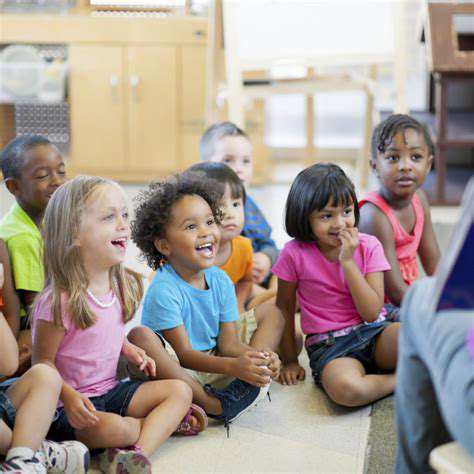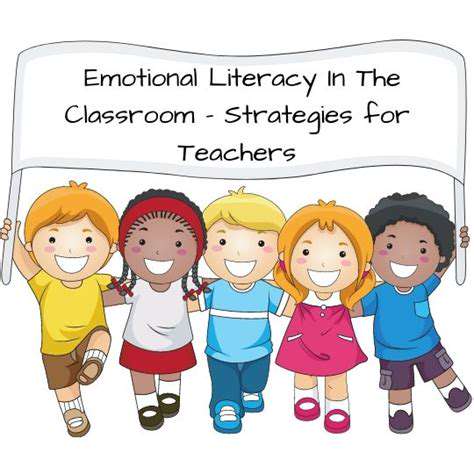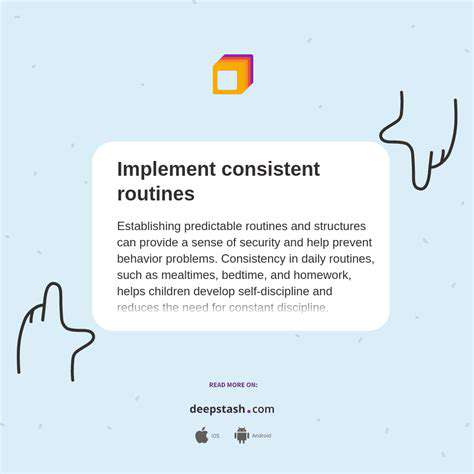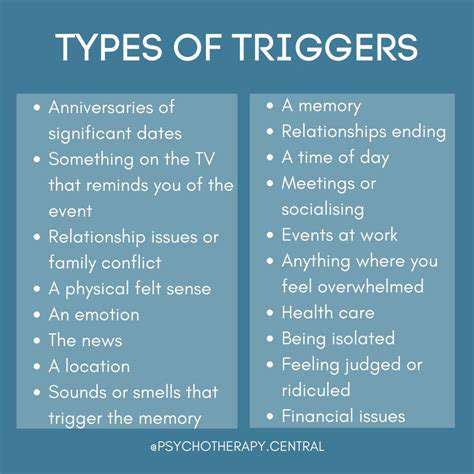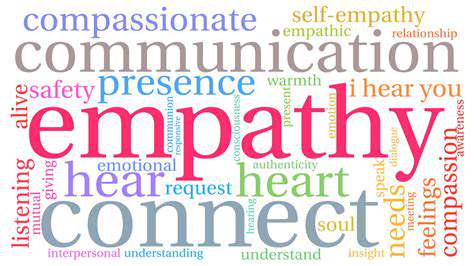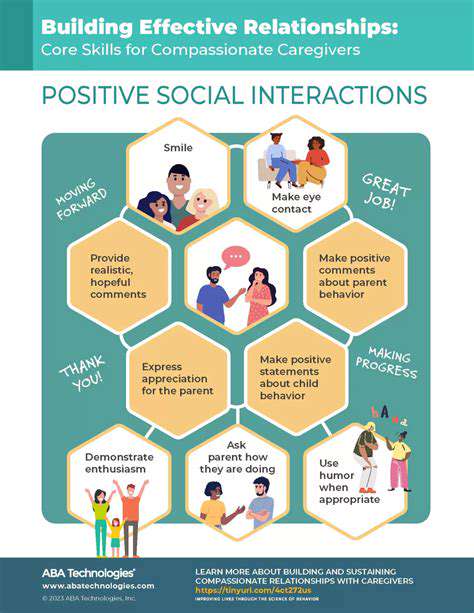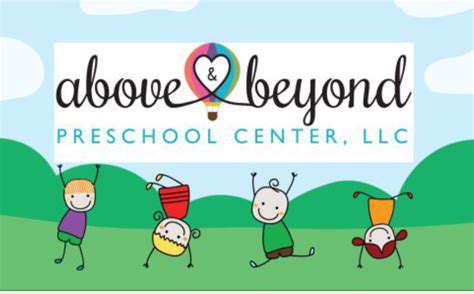Challenging Behaviors: A Parent's Guide to Understanding and Responding
Non-Judgmental Language and Tone
The difference between You're being disruptive and I notice your body needs to move right now is everything. Descriptive language removes the sting of judgment while maintaining accountability. A principal I admire reframes all behavior as communication, asking What's this trying to tell us? rather than How do we stop this?
Establishing a Collaborative Approach
When a fourth-grader helped design his own behavior plan (complete with dinosaur stickers), compliance skyrocketed. Co-creation builds investment no top-down approach can match. Simple questions like What would help you remember? or Where should we put the visual reminders? make children active problem-solvers.
Setting Boundaries and Consequences
Natural consequences teach better than arbitrary punishments. Forget your lunch? Here's how we problem-solve. Hurt someone's feelings? Let's practice repair. Well-designed consequences feel like the natural outcome of choices, not adult-imposed penalties. One class created behavioral physics—every action has an equal and understandable reaction.
Addressing Underlying Needs and Emotional Regulation
Understanding the Root Causes
Behavior is the tip of the iceberg—what lies beneath matters most. A kindergartener's chair-kicking wasn't defiance but undiagnosed sensory needs. When we become behavioral archaeologists—digging for hidden causes—we often find surprising solutions. Creative assessments like drawing How my body feels when... can reveal what words cannot.
Developing Emotional Regulation Skills
Emotional literacy grows through practice like reading fluency. One teacher used weather reports (I feel sunny/stormy) to build vocabulary. Another had students rate feelings on a 1-5 scale before choosing coping strategies. These concrete tools make abstract emotions manageable. Remember—we can't expect children to regulate emotions we haven't taught them to name.
Creating a Supportive Environment
Environments are silent teachers. A second-grade classroom with cozy corners and fidget tools saw meltdowns decrease by 60%. Thoughtful design prevents problems before they begin. Simple tweaks—predictable schedules, visual timers, assigned seating—provide the structure anxious brains crave. One school painted calming labyrinths on playgrounds for walking meditations.
Positive Reinforcement and Behavior Modification Techniques
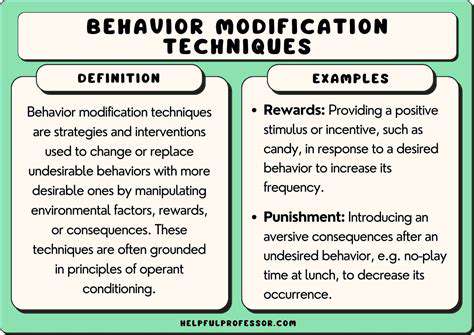
Positive Reinforcement Techniques
The art of reinforcement lies in catching good behavior spontaneously. Instead of promised prizes for compliance, try I saw how you helped Jamal with his zipper—that's the kind of kindness that makes our classroom special. Unexpected recognition often sticks better than transactional systems. One teacher kept gotcha tickets for random acts of kindness, redeemable for extra story time.
Types of Positive Reinforcement
Reinforcement works best when personalized. While some children glow under public praise, others prefer quiet notes. The magic question: What makes you feel most proud of yourself? reveals authentic motivators. One boy's reward was teaching the class about rockets—tapping into his strengths built more confidence than any sticker chart.
Effective Implementation Strategies
Timing transforms reinforcement from bribery to teaching. Immediate feedback (You focused all through math—that helped you finish your work!) creates clear cause-effect connections. Micro-reinforcement—small, frequent acknowledgments—builds habits better than delayed grand rewards. A teacher using two stars and a wish feedback saw behavior improve faster than with weekly prize boxes.
Considerations and Limitations
Reinforcement fails when it feels manipulative rather than celebratory. The shift from Do this to get that to Do this because it's who we are marks maturity. Gradually replacing external rewards with intrinsic satisfaction is the ultimate goal. One class transitioned from token economies to character certificates highlighting growth mindsets.
